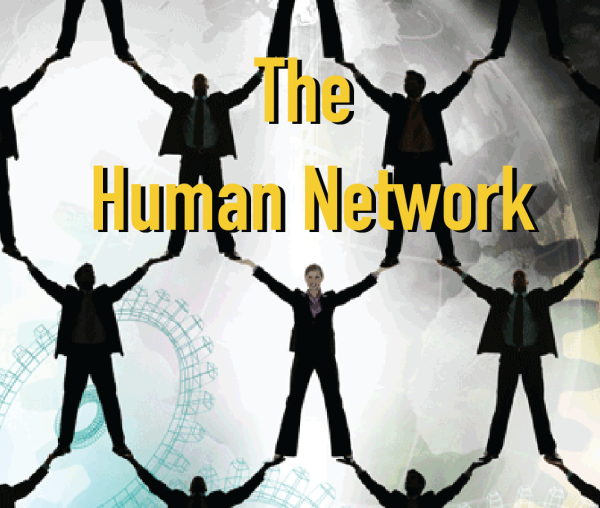It’s one thing to connect teams; it’s more powerful to connect organizations. Because technology has unhooked us from a work site, organization design isn’t limited to facilities anymore. We work in digitally integrated, hyper connected networks. A 2016 executive survey shows that companies are beginning to examine organization redesign to accommodate growing complexity, and to be responsive and innovative.
A well-designed organization is the 2nd tenet of The Smart Workplace. (Tenet 2: TSW anticipates the future and designs a strategy to respond, not react.) Since leadership teams are examining how their organizations must transform to meet future needs, I thought I’d talk about what to consider when changing how your workplace works.
Transform Teams along with the Technology
A future-responsive organization must virtualize if it hasn’t already. Business virtualization can be done without paralyzing the organization. Moving in a more virtual direction is strategically intelligent, and it’s more than an IT task. When I ask executives how they prioritize, most decide changes based on the market and being operationally efficient. Both are fine considerations. Too often, though, the changed organization design defaults to a control mindset – what is centralized, local and formal.
It’s understandable (old habits die hard), but it isn’t smart. They’ve missed a critical point. Productivity research proves repeatedly that people’s relationships are the fuel of organizations, yet organizations continue to design for control through structure, which inhibits collaborative, social relationships.
This is the organizational equivalent of shooting itself in the foot….
Don’t Miss the Point –
A Smart Workplace puts its design focus on the network of roles and relationships that define the social structure – the relationships through which work gets done. Any organization is fundamentally a social structure. Good design facilitates it in multiple ways within and among teams, titles, and responsibilities. Very few organizations do it really well. Very few individuals do it well because we hold beliefs and carry on with habits that interfere with collaboration. We have work to do to support collaborative cultures.
We cannot build networked organizations on electronic networks alone; the culture must encourage human networking. We’ve become bionic with our technology in our lives, but not fully as teams and organizations. Until our management habits change, we limit our teams’ potential.
So, you ask, which comes first –
Organization redesign that opens communication and connection across teams? Change the culture to be more collaborative in a connected workplace? Or develop collaborative teams that become models for the organization?
ALL OF THE ABOVE. They feed and support one another.
The true first action, however, begins with how we think. Some of us need to change our minds, nudging ourselves to look at “beliefs” that have defined work, but now limit us. For example:
We’ve always gone to a place to work. The more successful the organization, the bigger and better the workspace (like acreage on a farm or floors filled by office workers in a high rise).
Then, technology changed the work environment. We were no longer location dependent to produce goods (farms or manufacturing lines). Technology enabled “the corporation” to grow without limit by managing operations locally and from a Corporate headquarters.
Technology is again changing the way we work, redesigning work around a coordinated network of interconnected teams – without team members leaving home. (In a way, the future of work reverses a 350-year trend. Work and home are coming back together, but that’s a story for another day.)
We must manage from the network, partnering with management software. Analytics are information rich and very useful, freeing leaders from a lot of oversight activity and enabling them to engage with teams differently. New enterprise solutions are emerging to partner with managers for performance management.
Yet cultures continue to gravitate toward automating bureaucratic control using technology. Technology, being neutral, complies. We design technology solutions to assist in traditional management activities and efficiently gather and disseminate information. It’s insufficient.
In other words, our people management hasn’t changed much, even though it really needs to.
People confess they leave for other jobs primarily because of poor managers. Why are organizations redesigning to monitor, if not control, individual activity if cooperation and active engagement is what the future of work needs instead?
Smart team managers redesign their leadership role to foster interdependence, innovation and collaboration. Smart organizations do, too. How well designed is your organization for collaborative and connected teamwork?
Take our complimentary TSW Organization Readiness assessment, if you haven’t already, and tell your friends and colleagues about this blog so we can grow the conversation. We want to help you design your organization to support a culture of innovation, performance and cross team collaboration.
By Trina Hoefling, The Smart Workplace
Author, Working Virtually: Leading Your Team, Career and Organization in a Mobile Work World (Fall, 2016 release)








[…] We’re not just talking about the computer network anymore. […]